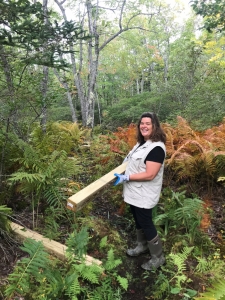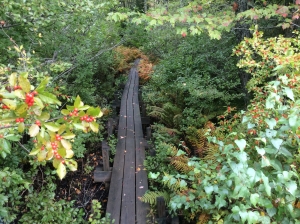Friends From the Field Webinar Series
We are excited to announce a NEW Webinar Series co-hosted by BHHT and Island Heritage Trust, featuring local naturalists, professionals from environmentally focused organizations, and outdoor learning experts to share their knowledge, virtually, during a time when we can’t all be out in the field together.
The webinars will take place LIVE every Thursday from 4:00 – 5:00 pm! We will record the webinar so that if you wish to view it but can’t participate at that time, the presentation will be available to you on our websites and social media.
Please email landere@bluehillheritagetrust.org with any questions!
Schedule and Registration
April 30th: The Firefly and Mantis World Tour with Carol Leonards, Maine Master Naturalist – Carol is a graduate of the 2019/20 class of the Maine Master Naturalist Program in Ellsworth. She committed to a sits-spot for a full year observing all that went on in this circumscribed area through all four seasons. She chose to sit on a rock—a fabulous large glacial erratic in the middle of a beaver flowage. Join us to hear her story of this experience and to see her amazing nature journal. Registration
May 7th: Seeing Smelt: Monitoring Sea-run Fish in Downeast Maine with Sarah Madronal, Downeast Salmon Federation – Sarah Madronal works for Downeast Salmon Federation and has been working with others in her field over the past year to create a state-wide citizen science Smelt Spawning Survey on GMRI’s Ecosystem Investigation Network. Join us for a webinar presentation to learn more about this project and how you can help! Registration
May 14th: Brooks to Bays and Back: Anadromous Fish around the Peninsula with Chris DeVore, Craig Brook Fish Hatchery, Ciona Ulbrich from Maine Coast Heritage Trust, and Alex Drenga, FWS Term Biologist and outdoor educator- Chris Devore from Craig Brook National Fish Hatchery and colleagues will share educational information about anadromous fish including brookies, eels/elvers, alewife, and Atlantic salmon. The presentation will be geared to fish on the Blue Hill Peninsula and will provide video clips from some of BHHT’s trails and streams. Registration.
May 21st: Family Outdoor Learning with Hazel Stark, Maine Outdoor School – Hazel Stark from Maine Outdoor School will share outdoor learning ideas for families with kids in 5th grade and up. Topics will include: seasonally-relevant things to look for in nature, journaling prompts to incorporate language arts and recording of scientific data, and ideas for extending backyard nature observations into other subjects, including math and art. Registration.
MORE COMING SOON!



